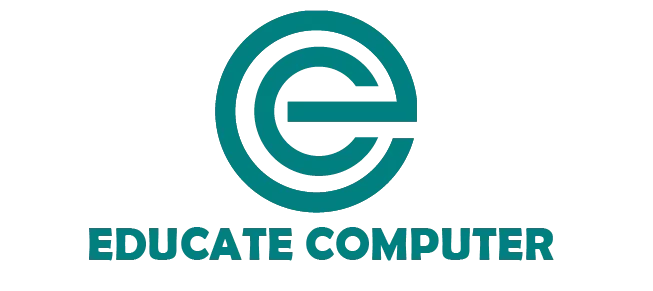Imagine yourself as a student surfing through the library looking for specific content to improve your knowledge. But instead of a book, you find a poster offering an online course on that particular subject.
Now, if the poster contains a link, you must write the entire link to access the course. Most probably, being from Gen Z, you will not bother to type the URL. But what if there was a QR code in it? A simple scan would allow you to access the subject with ease. That is the benefit of using QR codes in education.
In this article, we will explain to you why using QR codes in online courses gives students easy access to online courses.
What are QR Codes?
Quick response codes, commonly termed QR codes, are often described as stacked or two-dimensional barcodes that can store information. They are machine-readable codes that allow you to efficiently connect with digital content.
QR codes are dynamic enough to hide or store weblinks, contact information, forms, text, tabular info, multimedia, and much more within them. Anyone can access the information in the QR code by scanning it with a digital device.
Use of QR Codes in Online Courses
QR codes have become a popular choice in the education sector. Whether it is in classrooms or online courses, QR codes are the shortcuts to a variety of
- Course content.
- Video lectures.
- PDFs, eBooks, and documents.
- Interactive quizzes.
Students can scan the QR codes and access the online courses.
Key Ways to Make Online Courses Easy to Access with QR Codes
Below are some key tips through which QR codes make online courses easy to access.
Offline to Online Transition
QR codes are the bridge between the offline and online worlds. You can print the QR codes as worksheets, posters, or handouts for students to scan. Find prominent locations and place the large QR code posters there so students can easily see and scan them. When students scan the posters with their digital devices, online courses appear in front of them.
Access to Resource Materials
By introducing QR codes rather than a link or website name to students, you give them the option of instant access. They would simply need to scan the QR code to access the content in it. QR codes allow students to access videos, quizzes, assignments, and many other learning materials easily.
Access to Learning Platforms
When learning knowledge, researching is an important point and phase. You can share QR codes for multiple learning platforms that contain examples or videos relevant to the course. Students can compare information from different platforms to simplify complex information and strengthen their knowledge.
Increases Engagement
The QR codes become a link through which students can find interactive activities and make their learning more fun. Students have different learning styles. Some prefer reading, others like auditory learning, while many prefer visual learning. Online courses will become attractive to students as they will be able to learn information in the way they like.
Improved Communication
QR codes allow simple communication between teachers and students. You can share updates, resources, assignments, and results in the QR codes. When students scan the QR codes, they can access these resources from their digital devices.
Mobile-Friendly Navigation
The most common device students use is a mobile phone. Which means they will use mobile phones to scan the QR code and access the online course. For this reason, your online course must be mobile-friendly. With mobile-friendly navigation in the online course, students can view course content easily.
How to Generate QR Codes for Online Courses
Creating a QR code is easy. There are online tools available that can generate QR codes in just a few seconds.
Below, we will demonstrate how to make a QR code using a free QR code generator (https://www.imagetotext.info/qr-code-generator):
- Open the browser.
- Open the QR code generator.
- Insert the online course link or other information in the QR code.
- Personalize the QR code (optional).
- Download it.
After this, you will have a QR code that directly leads students to the online course. You can use your mobile phones to test the workings of your QR codes. Once you complete the testing, you can share these QR codes with students through physical papers, emails, and social media.
Scanning the QR Code
The most common devices students use to scan the QR code are their mobile phones. Modern mobiles and tablets have built-in camera options that allow users to quickly scan the QR code. Students simply need to point the camera toward the QR code to instantly open the online course.
However, older devices lack a built-in camera option to scan QR codes. Similarly, laptops and computers need external camera devices to scan QR codes. The most practical solution in this case is to rely on an online QR code scanner (https://www.imagetotext.info/qr-code-scanner).
With such a tool, students only need to upload the QR code image. It scans the image and generates a URL in the output. When students click on the URL, it leads them to the online courses.
To ensure that students gain access to the online course, you can add a link to a free online QR code scanner along with the QR code. This way, students who cannot scan the QR code can also access the course.
Conclusion
QR codes are versatile tools that give students easy access to online courses. They make student engagement and learning enjoyable and interactive. Furthermore, incorporating the QR codes into the courses can boost creativity among students. By using the QR codes, you can eliminate unnecessary friction and empower students to engage with their courses effectively.
